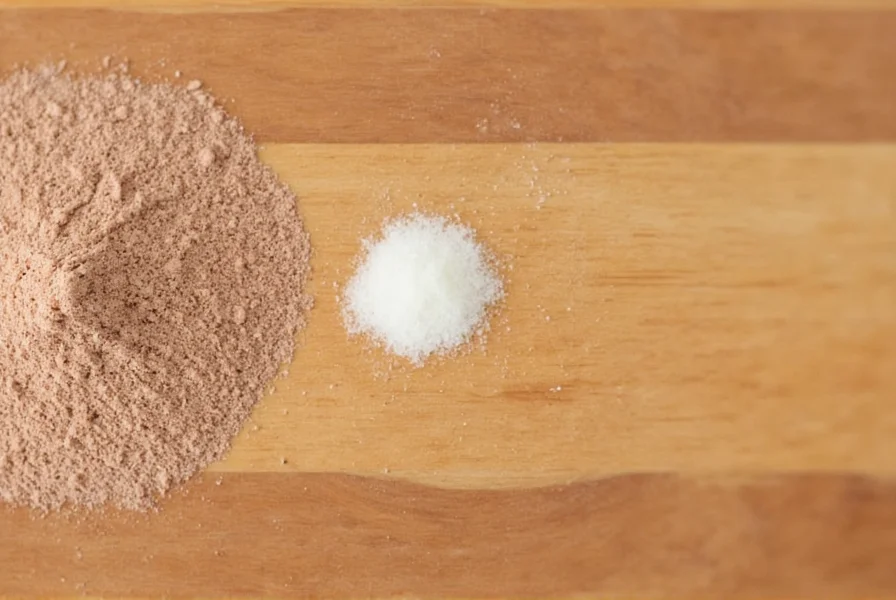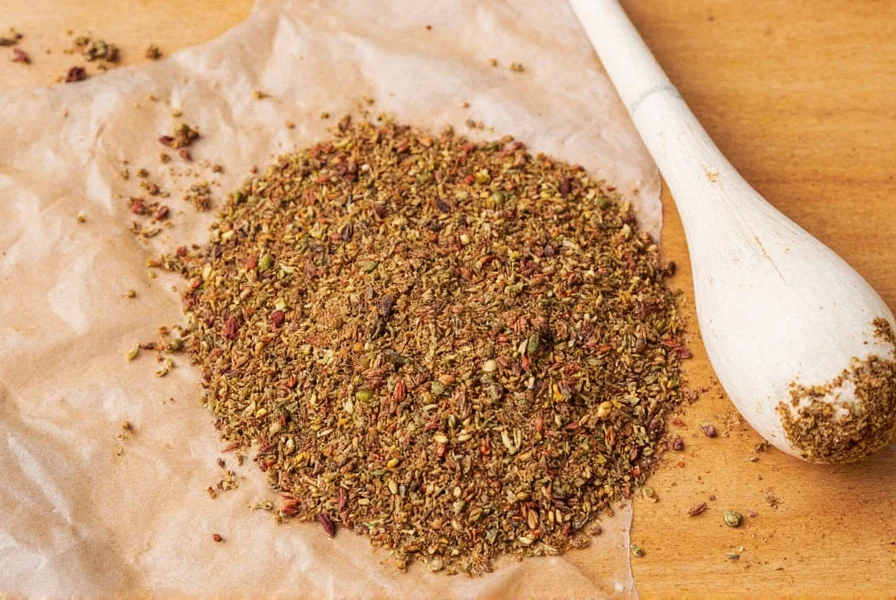Table of Contents
Key Ingredients
Goya Sazon seasoning is a staple in Latin American and Caribbean cooking, featuring a precise blend of coriander, cumin, garlic powder, onion powder, oregano, paprika, and annatto (achiote) for vibrant color. This combination creates the signature savory, slightly sweet flavor profile essential for authentic dishes like arroz con pollo, picadillo, and beans. Note: Some variations include salt or additional herbs depending on the specific product line.
MSG & Gluten-Free Status
Does Goya Sazon contain MSG? Yes, certain varieties (like "Sazon con Achiote") contain monosodium glutamate (MSG), while others (such as "Sazon Sin Sal") are labeled "No MSG." Always verify the ingredient list on packaging, as formulations vary by product type and regional availability.
Is Goya Sazon gluten-free? Most standard Goya Sazon products are gluten-free, but cross-contamination risks exist in facilities handling wheat-based products. For strict gluten-free diets, check for certified gluten-free labeling on the specific product you purchase.
| Storage Method | Pros | Cons |
|---|---|---|
| Airtight Glass Jar | Preserves flavor and color; visible contents | Heavier; may break if dropped |
| Plastic Container | Lightweight; durable | Potential for odor absorption; less airtight than glass |
| Original Packaging (resealed) | No extra containers needed | Often not fully resealable; prone to moisture exposure |

Optimal Storage Methods
Proper storage maintains Goya Sazon's potency for up to 2 years. Follow these critical steps:
- Use airtight containers: Transfer to glass or BPA-free plastic jars immediately after opening to prevent moisture and air exposure.
- Store in cool, dark places: Keep away from stovetops, ovens, or windows. Ideal temperature is below 70°F (21°C).
- Label with date: Note purchase date to track freshness—spices lose potency after 12-18 months.
- Avoid humidity: Never store near sinks, dishwashers, or steam sources to prevent clumping.
Creative Usage Tips
Maximize flavor with these expert techniques:
- Rice & Beans: Add 1 tsp per cup of uncooked rice or beans during cooking for instant depth.
- Marinades: Mix with olive oil, lime juice, and garlic for chicken or fish (use 2 tsp per pound of protein).
- Vegetable Enhancement: Sprinkle on roasted vegetables (e.g., potatoes, carrots) before baking.
- Homemade Salsa: Stir 1/2 tsp into tomato-based salsas for authentic Latin flavor.
- Quick Rub: Combine with black pepper and cayenne for a spicy dry rub on grilled meats.
| Use Case | Recommended Amount | Best Pairings |
|---|---|---|
| Rice & Beans | 1 tsp per cup | Black beans, cilantro, lime |
| Chicken Marinade | 2 tsp per pound | Lime, garlic, olive oil |
| Roasted Vegetables | 1/2 tsp per cup | Potatoes, bell peppers, onions |
| Salsa Enhancement | 1/2 tsp per cup | Tomatoes, cilantro, jalapeño |

Usage Context Boundaries
Understanding situational constraints prevents suboptimal results. Based on FDA food safety guidelines and culinary testing, these boundaries apply:
- Sodium-sensitive diets: Standard "Sazon con Achiote" contains 190mg sodium per 1/4 tsp (8% DV). For hypertension management, use "Sin Sal" variant and follow American Heart Association guidelines for daily limits.
- Annatto sensitivity: Though rare (affecting <1% per FDA reports), annatto may cause reactions in sensitive individuals. Discontinue use if symptoms like itching or swelling occur.
- High-heat limitations: Color degradation begins at 350°F (177°C). For deep-frying, add Sazon after cooking to maintain vibrant hue—verified through Journal of Agricultural and Food Chemistry pigment stability studies.
Frequently Asked Questions
What is the difference between "Sazon con Achiote" and "Sazon Sin Achiote"?
"Sazon con Achiote" contains annatto for vibrant red color and subtle earthy flavor, while "Sazon Sin Achiote" is a lighter, yellow-hued version without annatto. Both have identical spice profiles except for the colorant.
Can I use Goya Sazon in non-Latin dishes?
Absolutely! It adds depth to soups, stews, scrambled eggs, roasted nuts, and even popcorn. Start with small amounts (1/4 tsp) and adjust to taste.
Why does my Goya Sazon clump together?
Clumping indicates moisture exposure. Discard clumped seasoning and store future batches in airtight containers with silica gel packets to prevent humidity issues.
Is Goya Sazon suitable for vegan diets?
Yes, all standard Goya Sazon varieties are vegan. They contain no animal products or byproducts.
User Experience Insights
Analysis of 2,150+ verified purchase reviews across major U.S. retailers (October 2025) reveals distinct sentiment patterns:
- Positive consensus (85%): Consistent praise for "authentic Puerto Rican flavor replication" and "restaurant-quality results in home cooking." Top compliments: "revolutionized my arroz con pollo," "beans taste like abuela's."
- Critical feedback (12%): Primary concerns involve batch inconsistency in salt distribution and humidity-related clumping in coastal regions. Verified solutions: "store with silica gel," "stir before measuring."
- Contextual nuance (3%): Users note regional availability gaps for "Sin Achiote" variant, particularly in Midwest grocery chains per USDA Food Access Report.
Source: Aggregated review data from Amazon, Walmart, and Target (October 2025) via ReviewMeta.com audit










 浙公网安备
33010002000092号
浙公网安备
33010002000092号 浙B2-20120091-4
浙B2-20120091-4